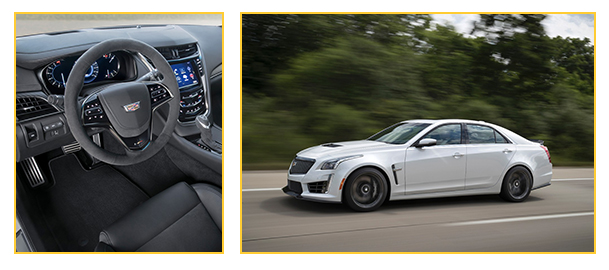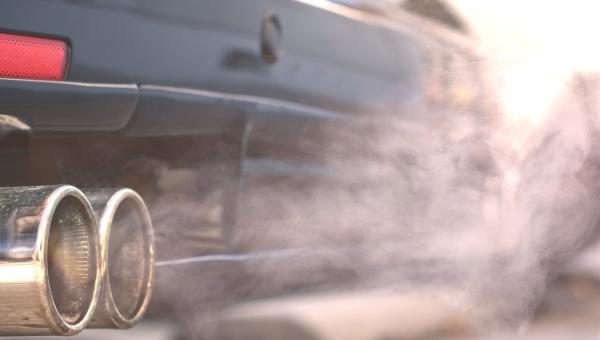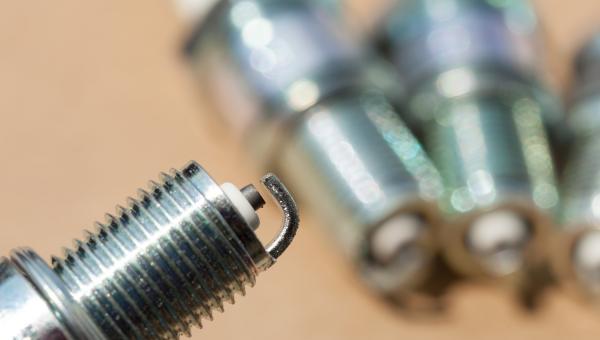Test Drive Notes Library
-
 Pros
Pros
- This is an impressive performance car. But let’s be clear from the outset: You’re not getting one of these. This is a toy for a small fraction of "the 1 percent"—the fraction whose wives said no to a Corvette. The CTS-V's competitors are cars like the BMW M5, the E63 AMG Mercedes, and Lexus GS-F (as you can see, spending 110 grand buys you lots of extra letters).
- Handling. This is a very fast car that is more than just very fast. Unlike Cadillac's ocean going vessels of decades past, this thing holds the road like Amy Schumer holds her booze. It has a massive amount of grip, with fat, sticky tires all around, and a suspension that feels like it could handle high speeds on a race track. You won’t get to use most of this car’s abilities in your civilian life, but knowing they’re there may help you feel a little more smug at your next IRS audit.
- Power. With 640 horsepower from a 6.2 liter supercharged V8, the CTS-V’s motto could be: No waiting. You step on the gas at any speed, at any time, in any universe here or forever known, and it pushes you back into the driver’s seat, responding with a howl and a quick downshift or three. The eight-speed automatic works mostly seamlessly, downshifting several gears at a time, when you stomp on it, and operating unobtrusively in relaxed driving. We had one incident, in a week of testing, when the transmission seem momentarily confused and then clunked into low gear.
- Highway. This is not a quiet highway cruiser, but it does really hunker down on the highway and handle like a sports car there. The power on tap means passing is a breeze. And while not a Lexus, it’s not what we’d call punishing either.
- Comfort. OK, it’s not cushy. But the comfortable seats do offset the firm ride. The CTS-V could work as a daily driver. It has various electronic suspension settings, and in Touring mode, it resembles a car. While the cockpit is not particularly spacious, it’s big enough for most people, and there’s good leg room in the back, although seat cushions are a little low back there. Trunk room is fine. Overall, it’s a nice sized car. Most people will find it roomy enough and pretty comfortable.
- Interior. The interior is pretty darned luxurious. Our test car had the Luxury Package, featuring tasteful suede all over the place (if “tasteful suede” is not a contradiction in terms). The car is oriented towards the driver, with a good driving position, and easy access to the necessary controls. The optional Recaro seats in our test car are heavily bolstered, presumably to keep driver and passenger from sliding around during stupid cornering . (Can you imagine taking a sharp, high-speed turn in an old Cadillac DeVille? You’d slide across the bench seat and have your elbow out the passenger side window). But bolsters tend to be troublesome for those “wide of load,” so keep that in mind before ordering the Recarros, big dudes.
- Safety features and heads up display. You get all the good stuff on the CTS-V, and it’s all standard. Forward collision warning, automatic emergency braking, blind spot monitoring, cross traffic alert, etc. You also get a very good heads up display that projects your speed, navigation, and other key information in front of you, appearing as if it’s floating at the far end of your hood. Adjustable height, tilt, and brightness make it very useful.
-
 Cons
Cons
- 12.2 mpg overall. About half city and half highway. Even with cylinder deactivation, that’s the price for 640 horsepower. Oh, that and 110 grand. Actually, to be fair, the CTS-V starts at $86,000. Our test car came with $23,000 worth of options, none of which we considered essential (lots of suede, three-zone climate control rather than two, huge sunroof, etc.).
- Too much. It’s a complete waste of performance for most people. If you live in a town or city, you’ll never get your money’s worth out of this car. If your daily commute includes a stretch of the Autobahn, it would be a different story. But it’s doesn’t. The CTS-V is really overkill. Most people will sit in traffic in it while it gulps 11 miles to the gallon.
- The CUE system. The CUE system is still pretty awful. It seems like Cadillac has made a few adjustments, but it’s no fun to navigate. Our car's touch screen had finger prints all over it by the end of our week long test. And CUE’s intuitiveness pales in comparison to, for instance, the U-Connect system from Fiat Chrysler (which has a similarly dumb name, but is much easier to use).
- Touch controls. Even worse than the CUE system is Cadillac’s embrace of touch controls instead of actual switches and knobs. There’s no volume knob or fan speed knob. Instead, you put your finger in a spot on the console—taking your eyes off the road to home in on it because it all feels the same--and then hold your finger there and wonder if it’s working. Sometimes it does, sometimes it doesn’t. Honda already capitulated and brought back the volume knob in their redesigned Civic. Cadillac should do so too, and the sooner the better.
- Reflection. The CTS-V has a number of materials on the dashboard, all high quality. But the one furthest from the driver appears to be a carbon fiber looking slab that creates a large reflection in the windshield in direct sunlight.
- Noise. This car has a certain show-off factor. While not a screaming pimp-mobile like the Dodge Charger Hellcat, it has flared fenders, carbon fiber pieces, and a hood vent meant to tell others that your bulge can barely be contained. Going along with this, the exhaust sound is noticeable and burbly. It’s not 100 percent obnoxious like the Jaguar F-Type R we drove, but you’re not going to quietly slip into the garage in the wee hours after “working late with your accountant." Nor are you likely to leave for work without every member of your household knowing. It’s not as bad as some, but you have to want to be noticed.
- A Cadillac? While we’d never own a car like this, because it’s ridiculous overkill, it does show that Cadillac can make a competitive, high performance sports sedan. Unfortunately, it doesn’t really seem to fit Cadillac’s brand, which is a combination of luxury and performance. Sure, they’re right to “steer” the brand away from the nautical handling of the 70’s, and the blandness of the 80’s and 90’s. But can’t we have our performance from Cadillac with some more refinement?
- There’s a harshness to this car. The engine is loud and lopey at idle. The ride is firm, and the whole experience is somewhat noisy. If you buy it for its performance, you’ll be happy. If you buy it because you want Cadillac quiet and refinement, you won’t.
Test Drive Notes Library
Get the Car Talk Newsletter
 Pros
Pros Cons
Cons


